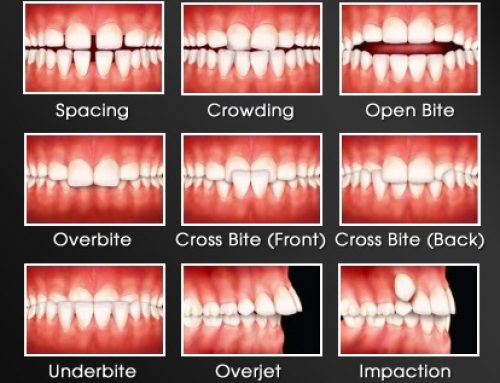 As the name suggests, early intervention orthodontics involves taking corrective orthodontic action at a younger age than the early teenage years which are more commonly associated with orthodontics. The aim is to identify and correct problems early and minimise or even prevent the need for major orthodontic work during teenage years.
As the name suggests, early intervention orthodontics involves taking corrective orthodontic action at a younger age than the early teenage years which are more commonly associated with orthodontics. The aim is to identify and correct problems early and minimise or even prevent the need for major orthodontic work during teenage years.
Early Assessments
We recommend that children have an orthodontic assessment as soon as parents or caregivers notice any cause for concern. This could include:
- Consistently breathing through mouth rather than nose
- Mis-aligned teeth
- Bucked teeth
- Overbite or underbite
- Crowding or overlapping teeth
- Teeth grinding or uneven wear
- Large gaps or spacing
- Any problems with chewing, biting or speech
An orthodontic assessment in children at around 7 years’ old will identify if early intervention orthodontics could be beneficial. As well as assessing the more obvious symptoms, it will also detect any underlying issues that could be addressed or require monitoring.
Types Of Early Intervention Orthodontics
Early intervention orthodontics doesn’t necessarily mean that your 7 year old child will have braces. The most common types of corrective action are removable plates and appliances, and muscle rehabilitation exercises. Treatment can also include the identification and correction of impacted (or stuck) adult teeth and functional orthodontics.
Benefits Of Early Intervention Orthodontics
Having orthodontic treatment at a younger age helps to correct problems and reduce or even eliminate the need for more major orthodontic treatment later. Permanent teeth and facial growth can be guided, and as children’s jaw bones are softer and relatively pliable until their later teenage years, corrective procedures can work faster and more effectively than they do in older teenagers or adults. In certain circumstances, early orthodontic intervention can minimise the unnecessary extraction of teeth, with a focus on improving the airway and facial profile.
It is not unusual for us to see a 13 or 14 year old patient for the first time who has substantial alignment issues that could have been minimised at a younger age. With early orthodontics, permanent teeth can be guided to improve alignment as they grow in, rather than straightening them afterwards. In many cases, children who have had early intervention require simpler orthodontic treatment in later years, and typically for a shorter period. Not only is this easier and more convenient for you and your child, but it can also mean substantial financial savings in the long run. In some cases, orthodontic treatment in later years is not even required.
Not all orthodontic problems can be treated at a younger age and in many cases it is recommended to wait until most of the permanent teeth have grown in – hence the common age for braces of being tweens and young teens. But we often see patients at these ages who have been advised to wait to begin treatment, which is not necessarily the correct advice. An assessment with an orthodontic expert who practices early intervention orthodontics can be extremely useful.
If you are concerned about any aspect of your child’s teeth, contact us for an assessment.



